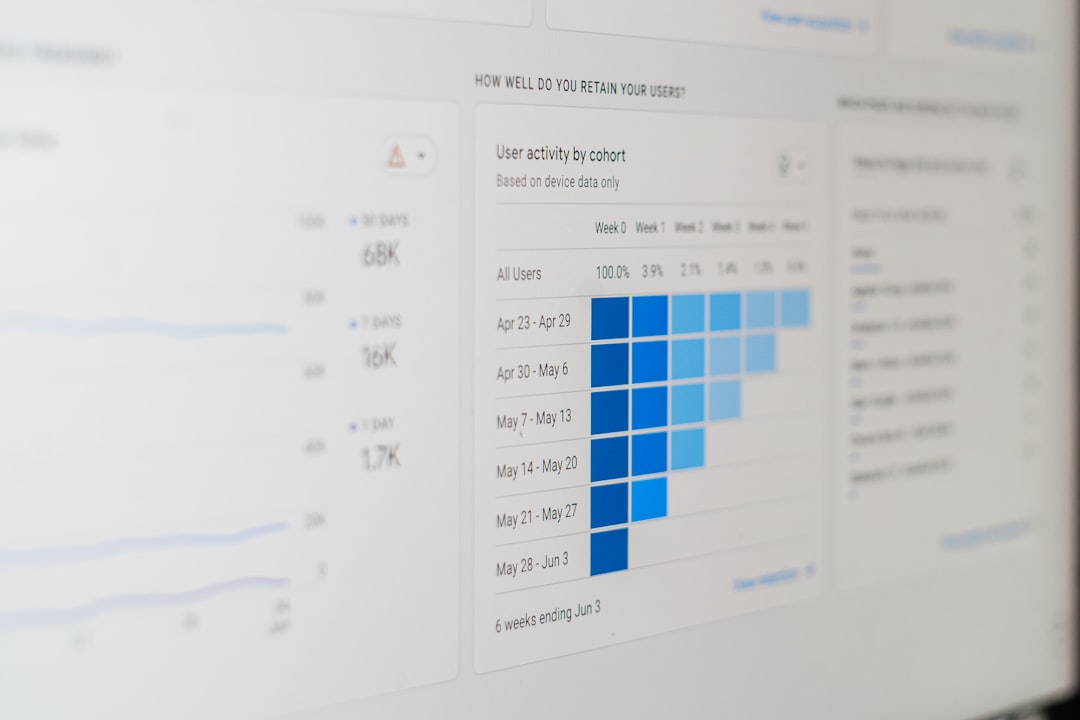In today’s digital economy, understanding customer sentiment is more critical than ever. Businesses that fail to listen and respond to their users risk falling behind in an increasingly competitive marketplace. Fortunately, a wide array of online tools now empowers companies to gather, interpret, and apply customer feedback systematically and efficiently. These tools not only enhance the feedback process but also help transform raw data into actionable insights.
The importance of collecting customer feedback
Customer feedback is one of the most valuable assets a business can leverage. It provides direct insight into what customers think about products, services, or an overall brand experience. This input is essential for:
- Improving product and service quality
- Identifying customer pain points
- Enhancing customer satisfaction and loyalty
- Informing strategic business decisions
However, traditional methods like in-person surveys or feedback boxes are no longer sufficient. Modern online tools not only speed up the collection process but also offer advanced analytics capabilities that reveal deeper insights.
Online tools for feedback collection
There are numerous online platforms designed to gather customer opinions in efficient, user-friendly ways. These include:
- Survey tools: Platforms like SurveyMonkey, Google Forms, and Typeform allow businesses to quickly design and distribute questionnaires tailored to specific customer segments.
- Website feedback widgets: Tools such as Hotjar or Qualaroo enable users to leave feedback directly on a website interface, capturing opinions in real-time as customers interact with a brand.
- Social media listening tools: Solutions like Brandwatch or Hootsuite monitor and collect unsolicited feedback from platforms like Twitter, Facebook, or Instagram.
- Email and CRM integration: Personalized email surveys through tools like Mailchimp or HubSpot integrate seamlessly with customer databases to ensure relevant outreach.

Each of these tools makes it easier to reach customers where they are, encouraging higher response rates and more authentic feedback.
Analytics and interpretation of feedback
Gathering feedback is just the beginning. The true value of online tools lies in their capacity to analyze this data. Many platforms now include analytics modules that process both qualitative and quantitative feedback. Some key capabilities include:
- Sentiment analysis: Advanced tools use Natural Language Processing (NLP) to determine the emotional tone behind customer comments, classifying them as positive, neutral, or negative.
- Trend identification: Visualization tools such as dashboards and heatmaps help businesses identify frequently mentioned topics or emerging customer concerns.
- Segmentation: By categorizing responses according to demographics, purchase history, or behavior, businesses can better tailor their strategic responses.
When interpreted correctly, customer feedback becomes a roadmap leading to improved user experiences and targeted innovation.
Integration with business workflows
Many modern feedback systems are designed to integrate directly with other digital business tools such as CRM platforms, help desks, and marketing automation software. This creates a unified ecosystem where feedback informs various departments from product development to customer support.

For example, if repeated complaints about a particular feature are collected through a feedback form, they can automatically generate tickets in customer support systems or alert development teams, accelerating the resolution process.
Best practices for maximizing value
To fully benefit from online feedback tools, businesses should consider several best practices:
- Set clear objectives before launching feedback campaigns so the data collected aligns with specific goals.
- Encourage honest and anonymous feedback to foster trust and authenticity.
- Act on the feedback and communicate back to customers what changes were inspired by their input.
- Regularly review and adapt tools to keep up with changing customer behaviors and preferences.
Conclusion
Incorporating online tools into the customer feedback lifecycle empowers businesses to stay connected to their audience’s needs in real-time. By combining efficient collection methods with insightful analytics and seamless integration into existing workflows, these tools transform customer voices into a strategic compass. As digital trends evolve, organizations that continue to invest in robust feedback mechanisms will be best positioned to adapt, innovate, and thrive.




